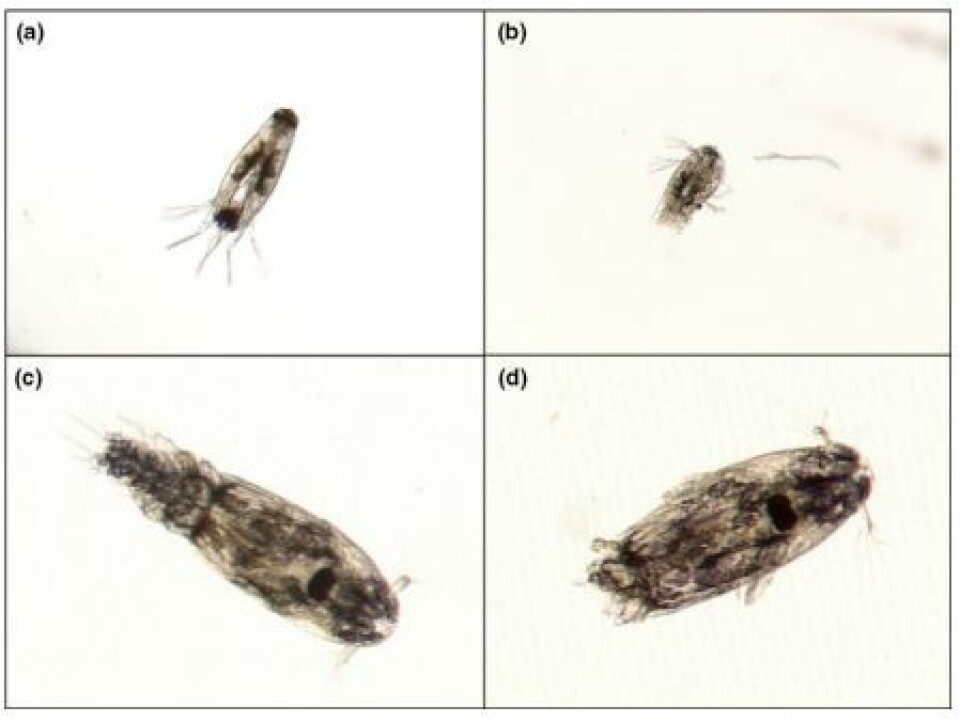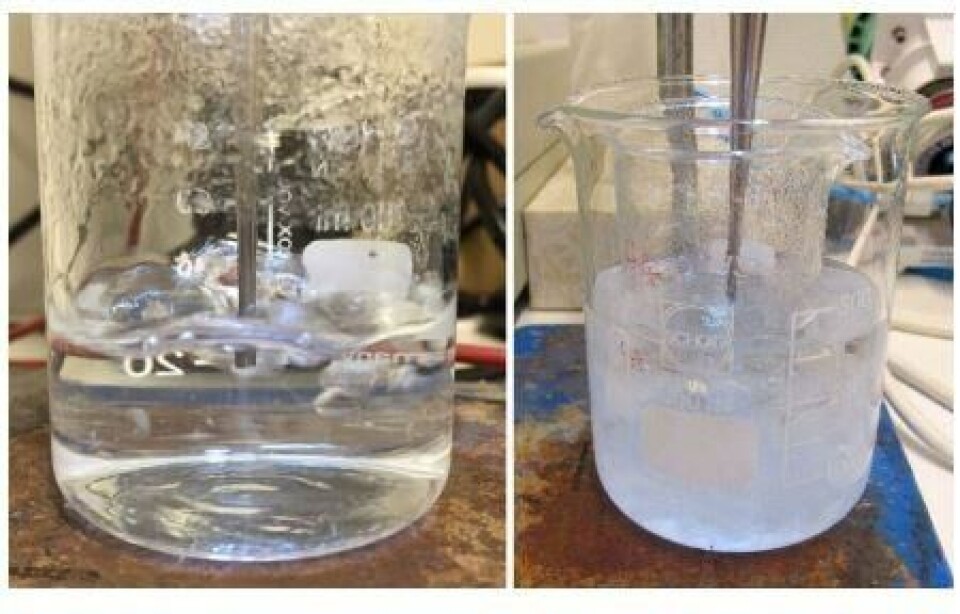
A lethal bubble bath for sea lice
The use of tiny imploding bubbles can help kill sea lice in contaminated wellboat water before it is discharged into the sea, researchers have concluded.
Scientists in Norway looked at the effect of the ultrasonically-generated bubbles - known as cavitation - on the planktonic stages of the salmon louse, nauplii and copepodids.

A reduction in survival was registered even for the shortest exposure time (5 seconds) for both naupliar and copepodid stages in laboratory tests. Survival reached zero after exposure times of 20 and 60 seconds for the nauplii and copepodid stages, respectively.
Microbubbles
The researchers, from Sintef and other organisations, also saw a reduction of 95% after five minutes for algal cells, and a 70% reduction in bacteria.
Cavitation is instigated by the formation of microbubbles - or cavitation bubbles - due to a reduction in pressure, either from mechanical means such as a propeller, or by using an ultrasonic device. When cavitation bubbles collapse as pressure increases, energy is released in the form of local heat and pressure waves. This has an erosive effect, which makes cavitation an unwanted phenomenon in most contexts.
Cavitation can, however, be used for disinfection of fluids by deliberately inducing cavitation in a controlled manner since the temperatures and forces resulting from imploding cavitation bubbles are sufficient to cause lethal cellular damage.
Additional tool
While a number of studies have been published on the effect of cavitation on bacteria, algae and crustaceans, no evidence demonstrating the effect of cavitation on the planktonic stages of salmon lice had previously been gathered.
In their paper on their experiments, the researchers say that cavitation may prove to be an additional inactivation tool for the early, free swimming stages of sea lice, which might be too small, or presenting a too flexible body to be removed completely by a 100 lm pre-filtration step.
They add: "Because the experiments indicate that nauplii and copepodites are sensitive to the destructive effect of cavitation, the requirement for removal of salmon lice can potentially be fulfilled for these stages of salmon lice, provided a feasible technological solution for efficient cavitation of large water flows can be developed."
Significant effect
The researchers conclude that the study showed that ultrasonic cavitation is effective in killing salmon lice on a laboratory scale, and that cavitation had a significant effect at even relatively short exposure times.
They add that the preliminary results indicate that cavitation is a candidate disinfection method with the potential to be utilised as an additional tool for improved disinfection of discharge water from wellboats, in particular with respect to sea lice, ans that this method should therefore be investigated further on a larger scale.
Read the full paper, Effect of ultrasonic cavitation on small and large organisms for water disinfection during fish transport, here.























































